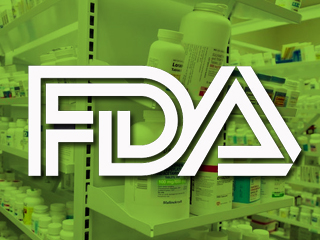The US Food and Drug Administration (FDA) plans to conduct a study to determine if medical device labeling can be standardized with the use of new content and format standards, which are now under development. The FDA will be collecting information from healthcare professionals on what information they want to see on a standardized label. From there, they plan to compare labeling from six different types of medical devices using two different “standard content and format” labels being developed by FDA researchers.

Currently there are no regulations in place that define how content should be structured or formatted for medical devices. Among FDA officials, there is a growing recognition that a lack of standardization in labeling is possibly harming patients. It’s obvious that there is a growing need for medical device labeling to be provided in a clear, concise, and readily accessible format so that all end-users of the medical device may access and utilize it as efficiently and effectively as possible.
It is also important to note that there are no available sources of medical device labeling for people to read, search, and download for devices that are used in clinical and non-clinical environments. With the longer lifespan of medical devices, their instructions for use and warning labels may become damaged and ineligible after several years. With alternative label resources being unavailable, this could have large repercussions on health care providers and patients.
With the FDA conducting several studies regarding medical device labeling, it’s an indication they are taking the matter seriously. New standards could be arriving within a few years.
The Future of Medical Device Labeling
With the FDA considering implementing medical device labeling standardization, it may have a ‘waterfall’ effect onto other countries. The FDA has a large impact on standardizations on a global scale, which means that if they do pass these regulations, then other countries will likely follow and will require changes to labeling. In addition, there are many businesses who market in the USA, and hold interest in how labels are handled, which would also affect international product marketing. Careful thought will need to be put into translating these changes globally.
Implications on Language and Translation
Medical device manufacturers outside the US need to stay on top of evolving US FDA legislation as their important labeling must be in English. US manufacturers whose medical device labeling is already in English will need to take into consideration this developing situation not only for their labeling in the US, but also for their international labeling as well. Many leading and emerging markets use the US FDA regulations, along with the EU regulations, as guidelines on how their legislation and regulations should evolve. As these international markets’ labeling standards are updated and changed, medical device manufacturers must keep their translations in mind. Updates and revisions to their labeling translations might be required with any changes to international labeling standards. So stay tuned and keep an eye on how international markets will follow in line with the US FDA.
Leave a Reply